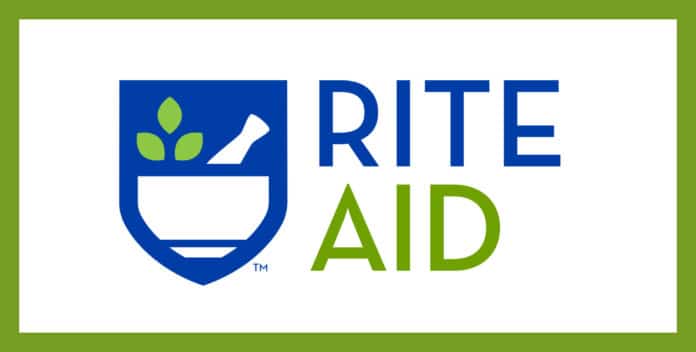Rite Aid, the troubled drug chain, is planning to file for bankruptcy protection in the coming weeks, according to The Wall Street Journal. The catalyst for a future Chapter 11 filing would potentially be a remedy to deal with more than 1,000 federal and state lawsuits that Rite Aid faces over charges that it oversupplied prescription medications (primarily opioids) to its customers. The Journal also noted that a Chapter 11 filing would cover Rite Aid’s more than $3.3 billion debt load.
Philadelphia-based Rite Aid hasn’t agreed on a settlement with federal and state government or private opioid plaintiffs to resolve those opioid liabilities in a potential Chapter 11 and is currently planning to treat them as general unsecured claims, they said.
According to the story, Rite Aid has asked a court to dismiss the Justice Department’s lawsuit and denied the allegations that it filled unlawful prescriptions for controlled substances. A bankruptcy filing would put those lawsuits on hold and open a path for Rite Aid to resolve them in a single forum.
It’s a strategy previously used by pharmaceutical manufacturers Purdue Pharma, Mallinckrodt and Endo International, big pharma firms that filed for Chapter 11 protection to consolidate litigation and ultimately settle legal issues with multiple states and the federal government. Those companies eventually reached settlements of their opioid claims in bankruptcy, worth an aggregate total of more than $8 billion that meant more was allocated to opioid plaintiffs than to other unsecured creditors.
Additionally, the Justice Department has filed a civil suit against Rite Aid alleging that the company dispensed controlled substances in violation of the False Claims Act and Controlled Substances Act.
Rite Aid, which until last year was headquartered in Camp Hill, PA, was founded in 1962 by Alex Grass in Scranton, PA when it was known as Thrif D Discount Center. It grew to become a national firm over a 30-year period through acquisitions and organic growth. It became a publicly traded company in 1968.
However, over the past 25 years, the drug merchant has been plagued by executive scandal, a revolving door of senior leadership and consistently poor earnings results. In January of this year, CEO Heyward Donigan abruptly departed after a three-year run. She was replaced on an interim basis by Elizabeth “Busy” Burr, who has been a Rite Aid board member since 2019. During its most recently completed operating period (Q2) which ended on June 3, Rite Aid’s overall revenue decreased 6 percent and its net operating loss almost tripled to $307 million.
As of September 12, Rite Aid’s stock was trading at $0.59 per share down from $7.65 a year ago.


